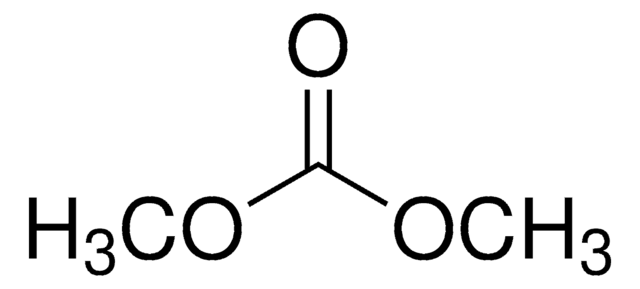8.18287
Lithium iodide
anhydrous for synthesis
Synonym(s):
Lithium iodide
Sign Into View Organizational & Contract Pricing
All Photos(1)
About This Item
Empirical Formula (Hill Notation):
ILi
CAS Number:
Molecular Weight:
133.85
MDL number:
UNSPSC Code:
12352302
EC Index Number:
233-822-5
NACRES:
NA.22
form:
powder
solubility:
soluble 1640 g/L
Recommended Products
Quality Level
form
powder
mp
450 °C
solubility
soluble 1640 g/L
density
4 g/cm3 at 20 °C
bulk density
1000 kg/m3
storage temp.
2-30°C
InChI
1S/HI.Li/h1H;/q;+1/p-1
InChI key
HSZCZNFXUDYRKD-UHFFFAOYSA-M
Application
Lithium iodide (LiI) can be used as a catalyst to synthesize:
It can also be used as:
- N-alkyl 2-pyridone derivatives via O- to N-[1,3]-alkyl migration.
- β-mannosides and β-rhamnosides from glycosyl hemiacetals via one-pot chlorination, iodination, and glycosylation reaction.
It can also be used as:
- Solid electrolyte in the synthesis of Vycor glass/LiI composites applicable in the development of solid-state batteries.
- Iodine source to synthesize primary, secondary, and bridgehead tertiary alkyl iodides by PPh3-catalyzed iododecarboxylation of aliphatic carboxylates.
Analysis Note
Assay (argentometric): ≥ 98.0 %
Water (K. F.): ≤ 0.50 %
Water (K. F.): ≤ 0.50 %
Storage Class Code
13 - Non Combustible Solids
WGK
WGK 1
Flash Point(F)
Not applicable
Flash Point(C)
Not applicable
Certificates of Analysis (COA)
Search for Certificates of Analysis (COA) by entering the products Lot/Batch Number. Lot and Batch Numbers can be found on a product’s label following the words ‘Lot’ or ‘Batch’.
Already Own This Product?
Find documentation for the products that you have recently purchased in the Document Library.
Preparation of N-alkyl 2-pyridones via a lithium iodide promoted O- to N-alkyl migration: scope and mechanism
Sarah Z Tasker, et al.
The Journal of Organic Chemistry, 77(18), 8220-8230 (2012)
Imlirenla Pongener et al.
Chemical science, 12(29), 10070-10075 (2021-08-12)
Stereoselective β-mannosylation is one of the most challenging problems in the synthesis of oligosaccharides. Herein, a highly selective synthesis of β-mannosides and β-rhamnosides from glycosyl hemi-acetals is reported, following a one-pot chlorination, iodination, glycosylation sequence employing cheap oxalyl chloride, phosphine
Our team of scientists has experience in all areas of research including Life Science, Material Science, Chemical Synthesis, Chromatography, Analytical and many others.
Contact Technical Service





